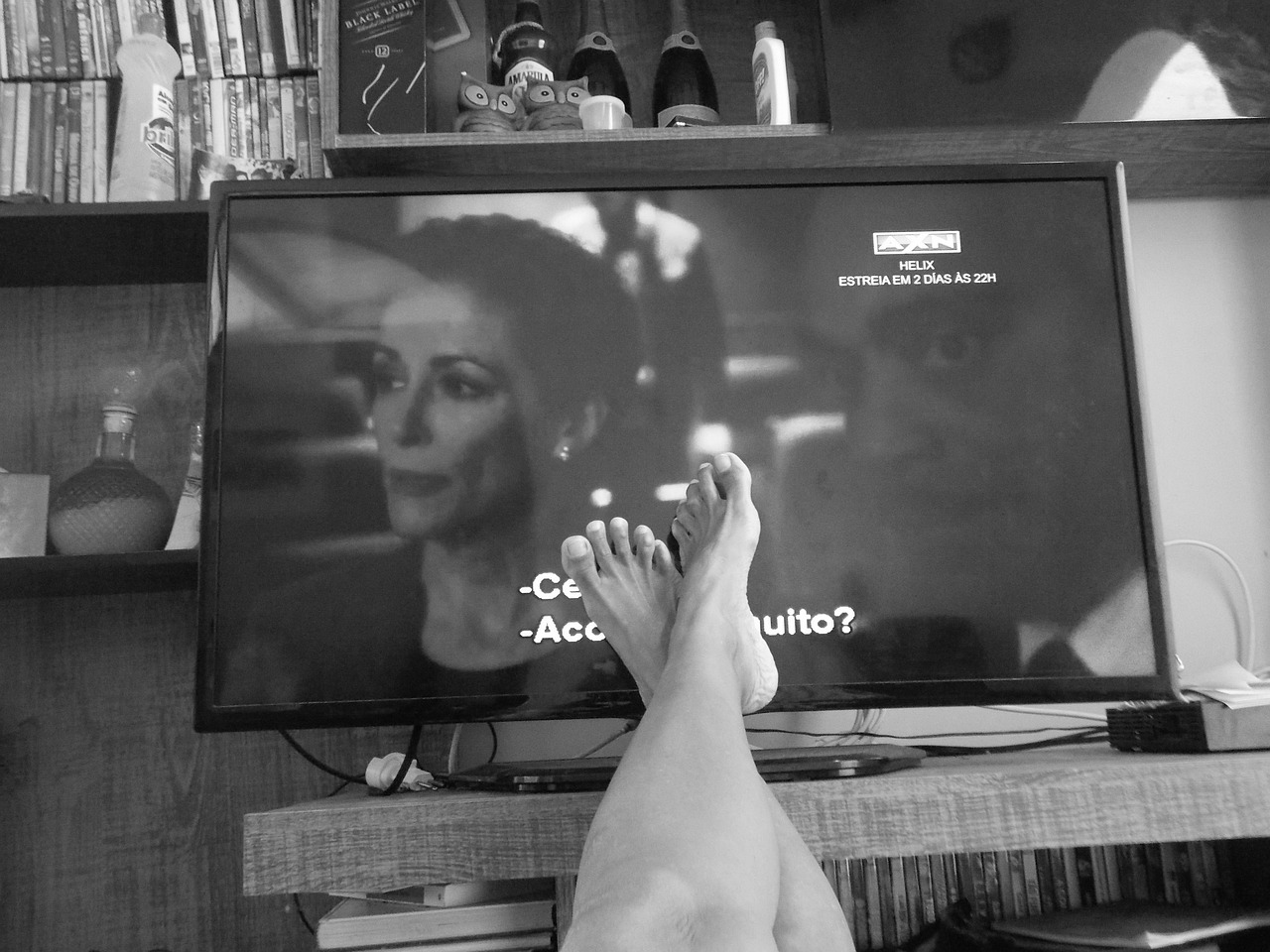Lecciones de guion de un maestro: Woody Allen

Woody Allen es un cineasta prolífico que ha escrito y dirigido más de 50 películas a lo largo de su carrera. Es reconocido por su humor ácido, sus personajes neuróticos y sus historias que exploran las complejidades de las relaciones humanas. Es la persona con más nominaciones al premio Oscar en la categoría Mejor guión (16 nominaciones)
¿Qué hace que Woody Allen sea uno de los mejores guionistas de la historia?
1. Diálogos ingeniosos y humor inteligente: Los guiones de Allen están llenos de diálogos rápidos e ingeniosos que te hacen reír a carcajadas. Su humor es inteligente y observador, y a menudo se basa en la sátira, la ironía y el sarcasmo.
2. Personajes memorables: Allen crea personajes complejos y multidimensionales que se sienten reales y con los que es fácil identificarse. Sus personajes suelen ser neuróticos, ansiosos e inseguros, pero también son inteligentes, cultos y divertidos.
3. Historias originales y perspicaces: Las películas de Allen exploran temas universales como el amor, la muerte, la religión, el sexo y la búsqueda del sentido de la vida. Sus historias son originales, perspicaces y a menudo conmovedoras.
4. Maestría en el uso del lenguaje: Allen tiene un don para el lenguaje y utiliza las palabras de forma magistral para crear humor, drama y suspense. Sus guiones están llenos de frases memorables y referencias a la cultura popular.
5. Gran variedad de estilos: Allen ha experimentado con diferentes géneros y estilos a lo largo de su carrera, desde la comedia slapstick hasta el drama serio.
Grandes escenas de las películas de Woody Allen:
Play It Again, Sam (1972)
Escena: Allan Felix (Woody Allen) está en un museo de arte, intentando hablar con una chica que le gusta.
Descripción: La escena es divertida y memorable por la forma en que Allan utiliza el humor para intentar conectar con la chica. También es una buena muestra del humor neurótico y la timidez de Allan.
Diálogo:
Inglés:
Allan: That’s quite a lovely Jackson Pollock, isn’t it?
Museum Girl: Yes, it is.
Allan: What does it say to you?
Museum Girl: It restates the negativeness of the universe. The hideous lonely emptiness of existence. Nothingness. The predicament of Man forced to live in a barren, Godless eternity like a tiny flame flickering in an immense void with nothing but waste, horror and degradation, forming a useless bleak straitjacket in a black absurd cosmos.
Allan: What are you doing Saturday night?
Museum Girl: Committing suicide.
Allan: What about Friday night?
Español:
Allan: Ese Jackson Pollock es bastante bonito, ¿verdad?
Chica del museo: Sí, lo es.
Allan: ¿Qué te dice?
Chica del museo: Replantea la negatividad del universo. El horrible vacío solitario de la existencia. La nada. La situación del hombre obligado a vivir en una eternidad estéril y sin Dios como una pequeña llama parpadeante en un inmenso vacío con nada más que desolación, horror y degradación, formando una inútil y sombría camisa de fuerza en un cosmos negro y absurdo.
Allan: ¿Qué vas a hacer el sábado por la noche?
Chica del museo: Suicidarme.
Allan: ¿Y el viernes por la noche?
Annie Hall (1977)
Final Scene of Annie Hall
EXT. NEW YORK STREET – DAY
ALVY (looking at the camera) Whatcha want? It was my first play. You know, you know how you’re always trying to get things to come out perfect in art because, uh, it’s real difficult in life. Interestingly, however, I did run into Annie again. It was on the Upper West Side of Manhattan.
(Music: Annie singing “Seems Like Old Times”)
EXT. MANHATTAN THEATER – DAY
Alvy stands with Annie and her escort outside a theater. The theater marquee reads: “OPHULS PRIZE FILM: ‘THE SORROW AND THE PITY'”.
ALVY (V.O.) She had moved back to New York. She was living in SoHo with some guy. (Laughs) And when I met her she was, of all things, dragging him in to see “The Sorrow and the Pity”. Which I counted as a personal triumph.
INT. MANHATTAN CAFE – DAY
Alvy and Annie sit at a table, laughing and enjoying each other’s company.
ALVY (V.O.) We had lunch sometime after that, and, uh, just, uh, kicked around old times.
MONTAGE OF FLASHBACKS
- Annie and Alvy driving up the FDR Drive.
- The day they met playing tennis. Annie driving, Alvy holding a partially eaten sandwich.
- Annie and Alvy in the Hamptons house kitchen. Annie tying a live lobster to Alvy, who drops it in the pot on the stove.
- Annie and Alvy walking side by side by the shoreline.
- Alvy at the tennis club, packing his bag, he looks over his shoulder and sees Annie, hands on her face, then clapping, as she offers him a ride home in her car.
- Annie opening the door to Alvy the night he came over to kill the spider.
- Annie and Alvy in the bookstore buying books about death.
- Annie and Alvy in their Hamptons house, Annie reading a school catalogue, the night Alvy puts in the red light.
- Annie and Alvy at a friend’s house, Alvy blowing cocaine all over the sofa.
- Annie and Alvy playing tennis.
- Annie and Alvy having a picture taken backstage at the college performance in Annie’s hometown.
- Alvy holding Annie close, the night he came over to kill the spider.
- Annie carrying her luggage and clothes into Alvy’s bedroom, Alvy following, the day she first moved into his apartment.
- Annie holding up her sexy birthday present from Alvy, then leaning over and kissing him.
- Annie and Alvy walking down a city street, holding each other close.
- Sitting on the park bench, observing the people.
- Kissing on the FDR Drive, with the New York City skyline behind them.
Music stops.
EXT. NEW YORK STREET – DAY
Alvy and Annie stand across the street from each other. They look out at the city traffic. Lunch is over; it’s time to go. Alvy and Annie shake hands and kiss each other friendly like. Annie crosses the street, Alvy watching her go. Then he turns and walks slowly down the street off screen.
ALVY (V.O.)
After that it got pretty late. And we both hadda go, but it was great seeing Annie again, right? I realized what a terrific person she was and how much fun it was just knowing her and I-I thought of that old joke, you know, this- this-this guy goes to a psychiatrist and says, “Doc, uh, my brother’s crazy. He thinks he’s a chicken.” And, uh, the doctor says, “Well, why don’t you turn him in?” And the guy says, “I would, but I need the eggs.” Well, I guess that’s pretty much how I feel about relationships. You know, they’re totally irrational and crazy and absurd and… but, uh, I guess we keep goin’ through it because, uh, most of us need the eggs.
THE END
Escena: Alvy Singer (Woody Allen) y Annie Hall (Diane Keaton) están en un avión, hablando sobre el amor.
Descripción: La escena es divertida y filosófica a la vez. Alvy compara el amor con un tiburón.
“Alvy, let’s face it, I don’t think our relationship is working,” to which Alvy hilariously replies, “I know. A relationship, I think, is like a shark. You know? It has to constantly move forward or it dies. And I think what we got on our hands is a dead shark.”
“Alvy, seamos realistas, no creo que nuestra relación esté funcionando.“
“Lo sé, un relación es como un tiburón, ¿sabes? Tiene que estar en constante movimiento hacia adelante o muere. Y yo creo que lo que tenemos entre manos es un tiburón muerto.”
“I feel that life is divided into the horrible and the miserable. That’s the two categories. The horrible are like, I don’t know, terminal cases, you know, and blind people, crippled. I don’t know how they get through life. It’s amazing to me. And the miserable is everyone else. So you should be thankful that you’re miserable, because that’s very lucky, to be miserable.”
- Manhattan (1979): La escena en la que Isaac Davis (Woody Allen) y Mary Wilke (Diane Keaton) caminan por el puente de Brooklyn.
Te dejamos otras recomendaciones :
Humor:
- Annie Hall (1977): La escena de la cena con los padres de Annie, donde Alvy Singer (Woody Allen) se enfrenta a sus excentricidades.
- Manhattan (1979): La escena en la que Isaac Davis (Woody Allen) y Mary Wilke (Diane Keaton) discuten sobre las relaciones y el amor.
- Días de radio (1987): La escena en la que la familia de Joe (Seth Green) se reúne para escuchar la radio, llena de personajes memorables y diálogos ingeniosos.
Diálogo:
- Hannah y sus hermanas (1986): La escena en la que Hannah (Mia Farrow) y Mickey (Woody Allen) discuten sobre la vida y la muerte.
- Crímenes y faltas (1989): La escena en la que Judah Rosenthal (Martin Landau) confiesa sus crímenes a su rabino.
- Match Point (2005): La escena en la que Chris Wilton (Jonathan Rhys Meyers) y Nola Rice (Scarlett Johansson) discuten su relación.
Personajes:
- Annie Hall: La caracterización de Annie Hall como una mujer independiente y neurótica.
- Zelig (1983): La transformación de Leonard Zelig (Woody Allen) en un camaleón humano.
- Balas sobre Broadway (1994): La creación del personaje de Cheech (John Cusack), un gánster con un peculiar tic nervioso.
Estructura narrativa:
- Manhattan: La película utiliza una estructura no lineal para contar la historia de Isaac Davis.
- Desmontando a Harry (1997): La película juega con la metaficción y la ruptura de la cuarta pared.
- Vicky Cristina Barcelona (2008): La película explora las relaciones entre dos parejas en la ciudad de Barcelona.
Conclusión:
Woody Allen es un maestro del guion que ha creado algunas de las películas más memorables e icónicas de la historia del cine. Sus guiones son ingeniosos, inteligentes y perspicaces, y sus personajes son complejos y memorables. Si te gusta el cine inteligente y conmovedor, no te pierdas las películas de Woody Allen.














Post Comment